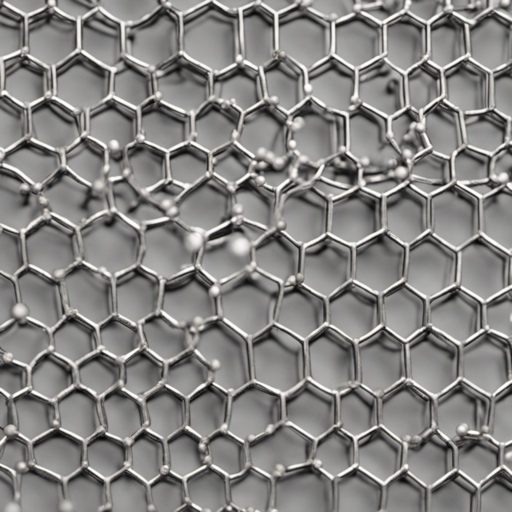Insider Brief
- Scientists entangled one-dimensional chains of ten atoms and two-dimensional groups of eight atoms.
- The University of Science and Technology of China team, led by Jian-Wei Pan, developed a new technique using a cross-angle spin-dependent optical superlattice.
- While the work is still preliminary, it could lead to more scalable quantum computers.
Scientists at the University of Science and Technology of China have successfully entangled multiple ultracold atoms, a step they say could lead to significant advances in quantum computing. In a study published in the journal Physical Review Letters, the researchers were able to entangle one-dimensional chains of ten atoms and two-dimensional groups of eight atoms. This achievement is a critical step towards building scalable quantum processors using ultracold atoms in optical lattices, according to the team.
Ultracold atoms trapped in an optical lattice, which is a periodic array of laser-produced trapping sites, have long been considered a promising platform for quantum computing, reported Physics Magazine. However, until now, researchers had struggled to entangle more than two atoms simultaneously, an important requirement for performing complex quantum computations.
To overcome this challenge, the team led by Jian-Wei Pan, often referred to the Father of China’s Quantum Computer, developed a new technique using a cross-angle spin-dependent optical superlattice. This allowed the team to implement layers of quantum gates over moderately separated atoms, enabling them to entangle chains of ten atoms and groups of eight atoms. The researchers also used a quantum gas microscope and high-precision spatial light modulators to control and image the states of the atoms with single-atom resolution.

The results of the study demonstrate that several of the necessary building blocks for optical-lattice-based quantum processors are now practical. By entangling multiple atoms and achieving control and imaging at the single-atom level, the researchers may have paved the way for scalable quantum computation and simulation.
Previously, the team had successfully entangled pairs of atoms in a system containing over 2000 rubidium atoms. For this experiment, they used a two-dimensional lattice with two trapping locations at each lattice site, known as a superlattice. Using the same superlattice and additional technologies such as a quantum gas microscope and spatial light modulators, the researchers were able to extend their entanglement to larger groups of atoms.
Ultracold atoms in optical lattices offer excellent coherence properties and the ability to perform highly parallel operations. Additionally, the entangled atom pairs achieved in this study have a high fidelity of 95.6% and a relatively long lifetime of 2.20±0.13 s.
The ability to entangle multiple atoms and control them at the single-atom level is crucial for building practical quantum computers. It allows for the manipulation and measurement of individual qubits, which are the basic units of quantum information. The scalability of this approach makes it a promising candidate for future quantum processors.
This is an exciting first step, but a first step nonetheless, the researchers said. There is still much work to be done to achieve scalable quantum computers, they added.
If you found this article to be informative, you can explore more current quantum news here, exclusives, interviews, and podcasts.
















